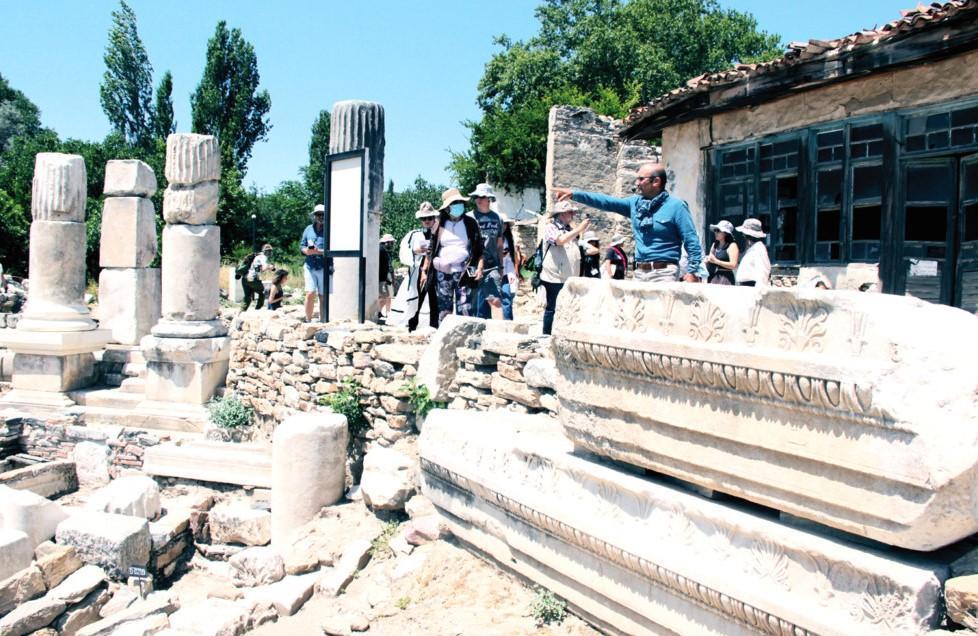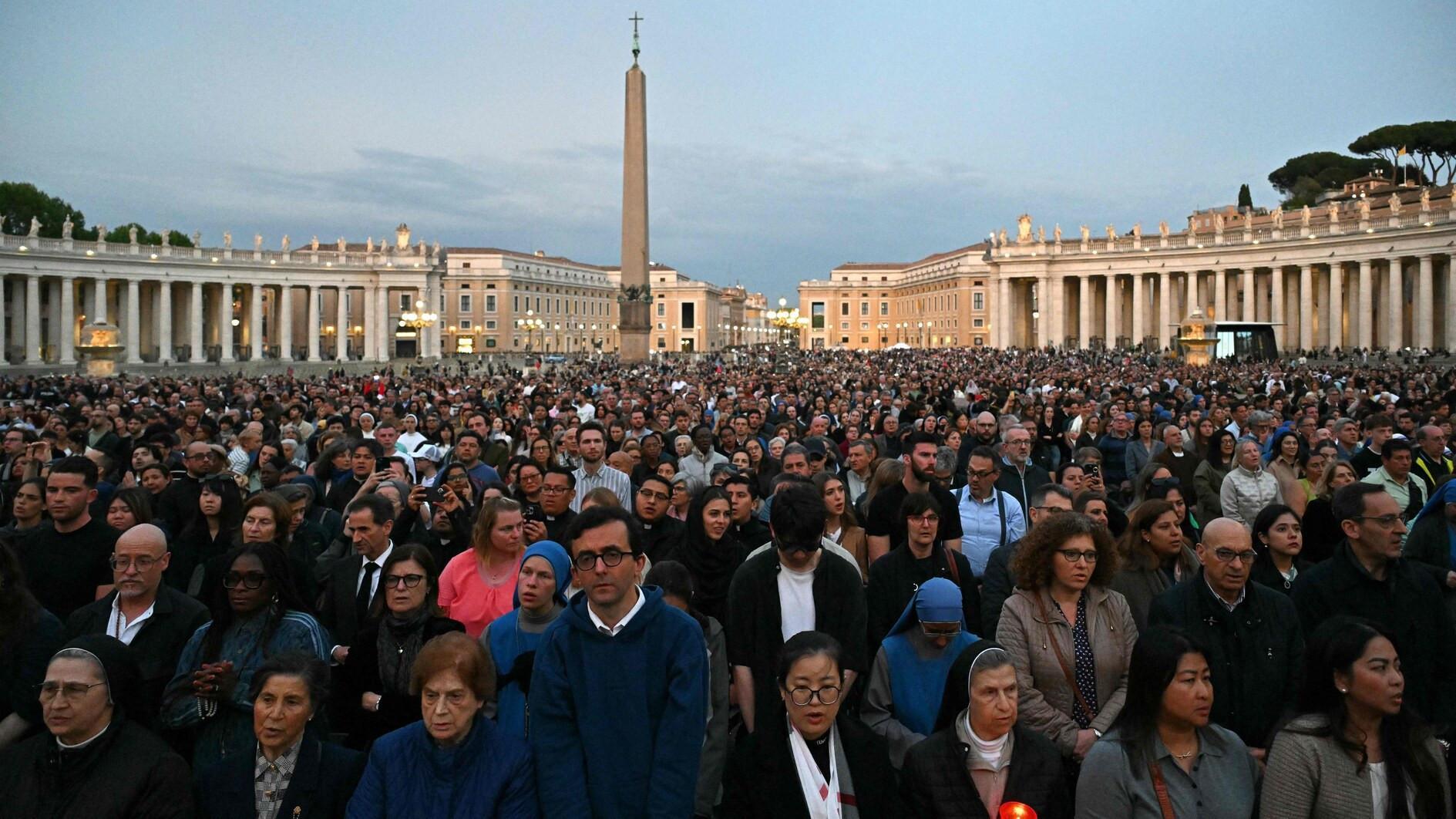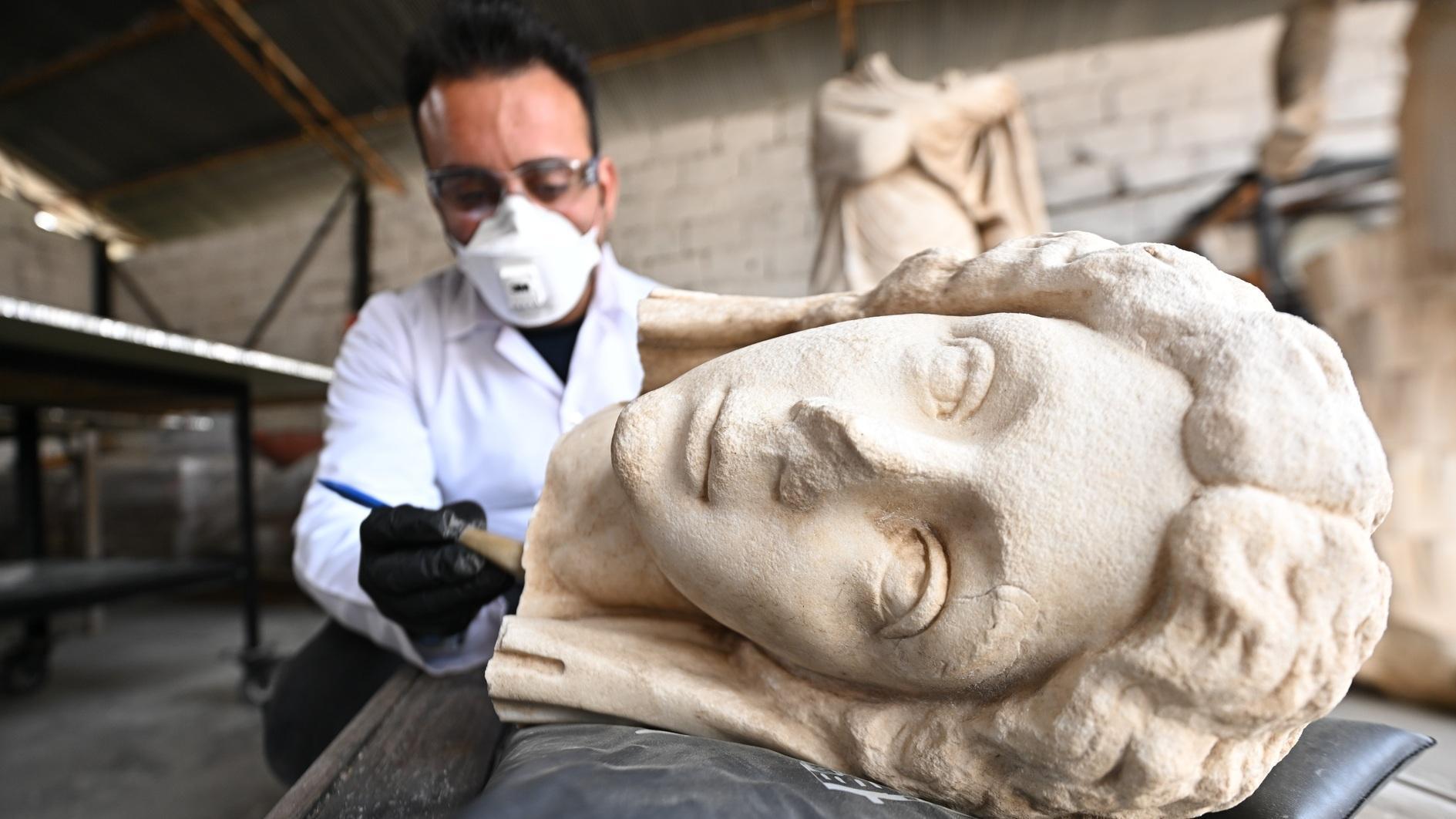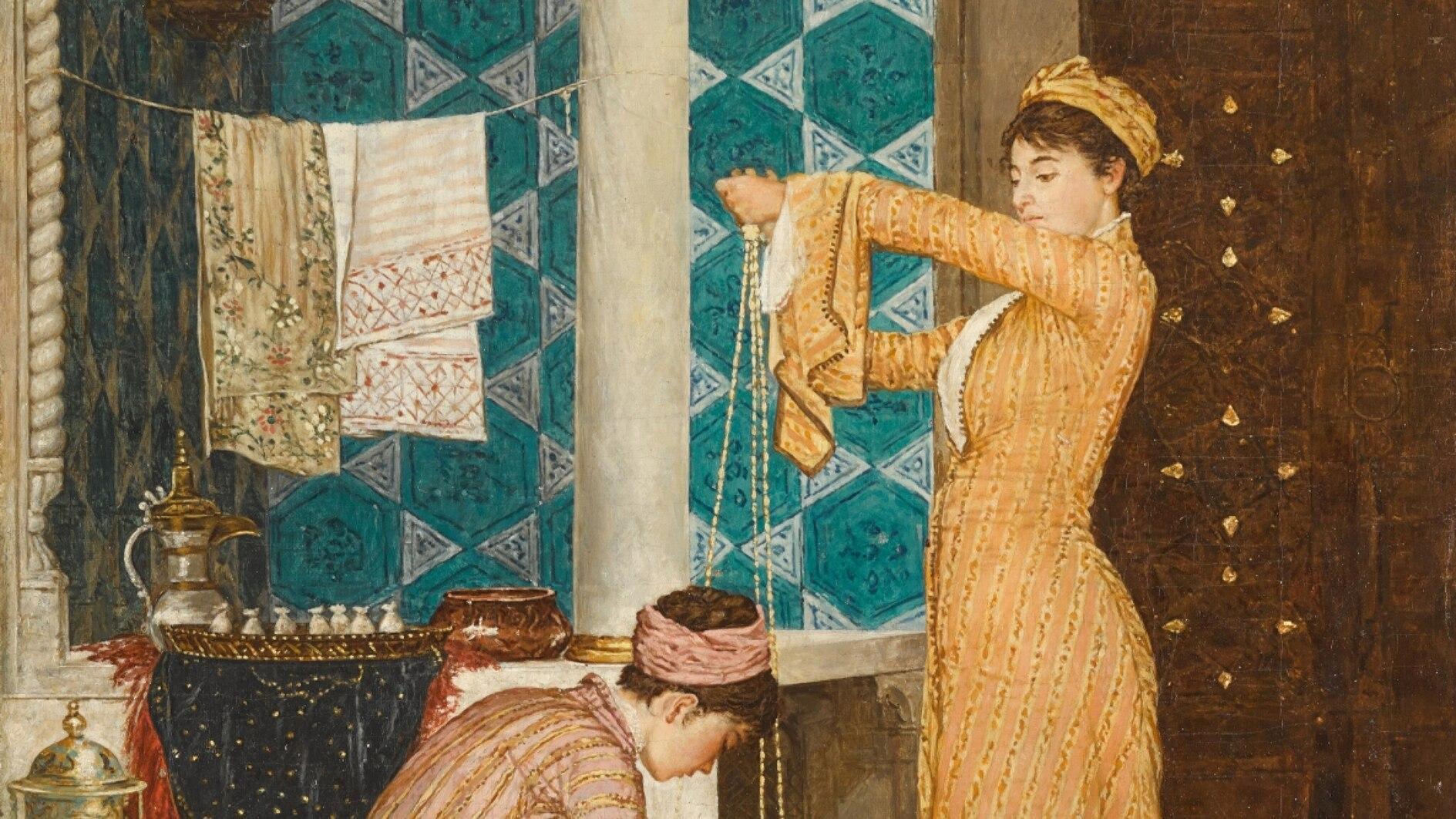Stratonikeia in focus of researchers
MUĞLA

Excavations in the ancient city of Stratonikeia, the largest marble ancient city in the world in the Yatağan district of the western province of Muğla and visited by thousands of local and foreign tourists every year, attract the attention of researchers.
In the ancient city, which is home to all periods from the Hellenistic period to the present, the Seljuk bath in the entrance, the Ottoman-era Şaban Ağa Mosque, which was restored and opened for worship, the houses with stone walls in the village square, the Hellenistic-era marble columns, historical baths and numerous works such as ancient theater and church are the subject of thesis and articles of researchers.
Besides the archaeologists working in the ancient city, the demand from other universities, high school and secondary education schools to work in the field is increasing day by day, and Pamukkale University Professor Bilal Söğüt, the head of excavations in Stratonikeia and Lagina ancient cities, stated that these demands make them happy.
“We carry out archaeological excavations, restorations, conservations and drawing works in the historical structures in the ancient city of Stratonikeia and the Lagina sanctuary. We work here as a large family. With experts and researchers from all walks of life, the studies are closely followed here. Everyone is working on their own area of expertise. The data obtained during excavations here are used in publications and we also carry out research projects. These academic projects are also supported by the Scientific and Technological Research Council of Türkiye. Beyond the research of ancient buildings, we also conduct social, sociological and climate-related studies here,” he said.
Söğüt stated that they always look forward to new research and studies to be conducted in the ancient city, and added, “Our studies here depend on the richness of the materials. Not only archaeological studies, but also studies related to social structure, education and even ancient structures and their strengths are carried out. There are always new demands related to them. We always welcome and support these demands and get very good results. The fact that everyone is involved in these works makes the result more valuable.”
















